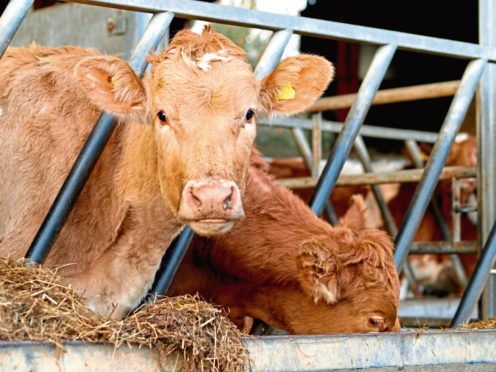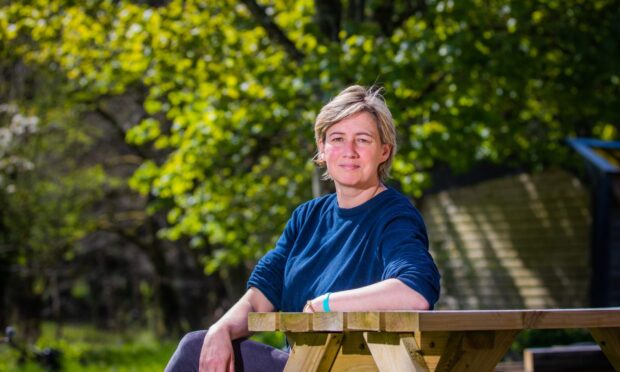The Scottish farming industry could benefit by as much as £2.4 million in extra income if the 600 producers who persist in keeping cattle which are not free of bovine viral diarrhoea (BVD) would eradicate them from their herds.
That is the latest estimate from the Scottish Government, which is supporting the industry’s decade-old initiative to eliminate the costly disease from the national herd.
Since the scheme started the prevalence of BVD has fallen from 40% to 10% of Scottish breeding herds and the latest measures, which were introduced earlier this month, are focused on identifying the remaining persistently infected (PI) animals and encouraging owners to have them culled.
New regulations include publishing the county or parish holding of any herd retaining PI cattle after a period of 40 days and requiring herds that have been BVD “not negative” for a period of more than 15 months to perform a compulsory BVD investigation, with individual testing of all cattle. However farmers are not forced to cull PIs.
Dr George Russell, a principal investigator at the Moredun Research Institute (MRI), which has tested more than 5,000 samples from over 50% of Scottish farms, told a briefing that until all the PIs being born were tested immediately and culled as soon as they are found to be positive, this “tale” of infection will go on.
He said: “The industry for the most part is working well, but there will be a proportion of livestock keepers who are reluctant to change behaviours, and if you have a PI that looks as healthy or bonny as the cow next to it, it’s very difficult to say you just have to cull it.
“So I understand the difficulties there.”
MRI has developed a new animation called Battle against BVD, to illustrate best practice for biosecurity. It can be found at
moredun.org.uk/foundation/outreach/animation-series
nnicolson@thecourier.co.uk










